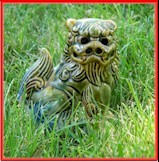

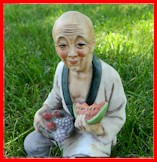

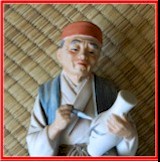










|

|
Hajichi
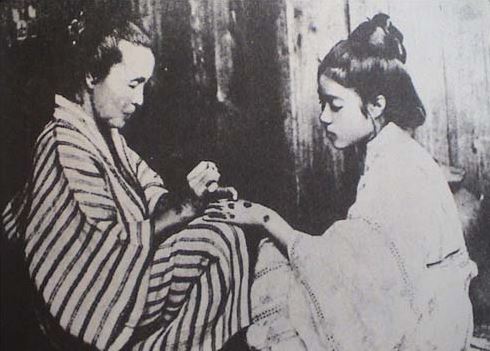 photo found without attribution
photo found without attribution
In days of yore in the Ryukyu Kingdom there was, by modern standards, an unusual tradition practiced by Uchinanchu (Ryukyuan) women known as hajichi - tattooing of the dorsum of the hands. Such body markings represented the adolescent girl having attained womanhood. Another purpose was a mark of social status.
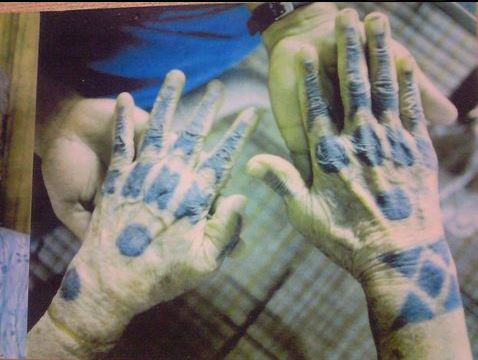 photo found without attribution
photo found without attribution
There are myriad explanations in various publications that attempt to explain the archaic ritual of hajichi - Okinawan women tattoing their hands.
Many say that the practice was undertaken in an effort to discourage invading pirates and such; thinking that tattoos would make the women too unappealing for them to be taken captive. These invaders came from far and wide over the history of Loo Choo, the old Kingdom of Ryukyu.
Other sources indicate that tattoos were applied to mark important events in the woman's life such as the birth of her first-born grandchild.
Some purport to symbolize marriage: An article in the Milwaukee Journal, (April 5, 1945 issue) tells of women who tattoo one hand "to remind the women of the sorrows of marital life" while the other hand was tattooed after marriage to help her "endure the agonies of married life." Now how's that for a pre-marital pep rally!!
A report, "Okinawa Migrants to Hawaii," by Y. Scott Matsumoto, tells us that "one interesting custom among older Okinawans was the tattooing of the woman's hands as soon as she got married. A blue block of designs about one square inch in size was tattooed on the woman's hands and arms".
In the book, "Irezumi: The Pattern of Dermatography in Japan," by W. R. Van Gulik, we read that tattooing was "a protective device against evil spirits," and further that, "tattooing was applied to women around the time of puberty" and offered another reason for the practice: "tattooing indicated a woman's married status."
Lower class Uchinanchu women would use symbols such as arrowheads, circles, and squares.
Arrowhead represented that the woman, upon marriage, would no longer return to her original family's home in the same way that a launched arrowhead cannot return precisely to its origin.
The circle represented winding thread.
The square represented a sewing box.
Those distinctions are important since in those times a girl would not be considered suitable for marriage if she didn't know how to sew.
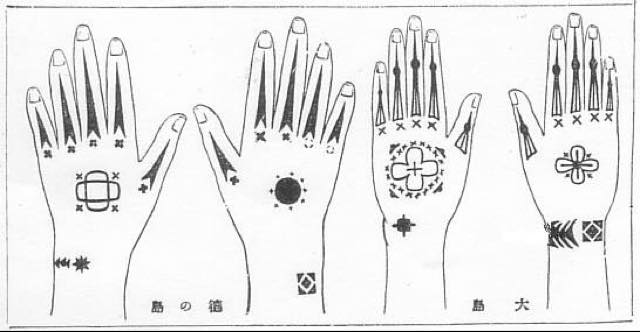 photo: Japanese American National Museum
photo: Japanese American National Museum
|
....... |
There is little information available in English-language literature regarding the upper class Uchinanchu women. What is known though is that those in the upper class - as would be expected - had more intricate and elaborate hajichi that were not limited to only the backs of their hands. In some cases hajichi appeared all the way up the arms.
Regardless of status all Uchinanchu women were said to value their hajichi over their wealth, their husbands, and life itself, as the tattoos were thought to ward off evil, ensure safety, and bring happiness.
 photo: Sumiko Kitajima
photo: Sumiko Kitajima

photo: Sumiko Kitajima
One investigator reported, "There were some stories about them initially being used with poison to prevent Japanese men from kidnapping Okinawan women. The designs were reminiscent of natural things such as islands, birds, animals and some families had their own distinct design that they would use. Others said the tattoos were magical spells to increase fertility or happiness. For some the tattoos were sexist, a way of marking women in the same way in which you might brand your cattle."
After Uchina (Ryukyu Han) was annexed by Japan in 1879 hajichi was banned. Tattoos were looked down upon by Japanese society. At the same time, Japanese authorities wished to strengthen their own influence by reducing the influence held by village head priestesses. According to ancient Ryukyuan beliefs, women ruled the spiritual domain and were believed to possess innate spiritual powers; they were called onarigami while men were called umiki—the rulers of the secular domain. Hajichi functioned as signifiers and transmitters of female power.
Despite the fact that some women continued the practice of hajichi even after the ban the art and practice slowly dwindled over the ensuing years. During the period when many Okinawans emigrated to Hawai‘i to work on the sugar and pineapple plantations, Uchinanchu women who bore hajichi were ridiculed and ostracized by their fellow Japanese field workers. Eventually, the hajichi became a symbol of shame; in some photos of Uchinanchu women, their hands are held palms up or tucked into their sleeves in order to hide the hajichi on the backs of their hands.
Today, attitudes have changed. Alexis Miyake, Japanese American National Museum intern in 2015, says, "the contemporary generation in Okinawa is becoming more aware of ancient indigenous traditions, and a resurgence in the lost art of Uchinanchu tattoos can be seen among some younger Okinawan women."
Sources:
The Secret History of Okinawan Tattoos, Alexis Miyake, 2015 intern at the Japanese American National Museum.
Occupied Okinawa #10: Hajichi Decolonization, Saturday, May 26, 2012, Michael Lujan Bevacqua blog
|
Once outlawed, Okinawan hajichi tattoo culture revived
|
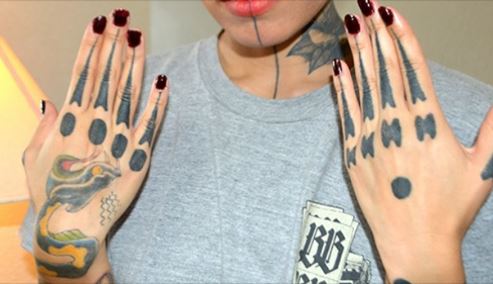
Asahi Shimbun Sep 20, 2019
|
|
Remark from a friend on Okinawa, Rob Oechsle, who I met during my 2019 visit:
"OK, Mick, here you go. My wife's Okinawan grandmother was born back in the 1890s, and is no longer with us. She was a tough, straight-talking old gal, was NEVER MARRIED, and her hands were full of nice Hajichi. So of course, I had to ask her about it, while mentioning that most historians and professors who write about Hajichi say they were either a sign of MARRIAGE, or a sign of certain skill or achievement in weaving fabrics.
Well, she rolled her eyes, and let loose a rant about 'stupid professors who don't know anything, are clueless about women, and should shut up and mind their own business'. She then went on to describe how she and her friends in Yomitan ALL had fun tattooing each other's hands as teenagers --- no religion, no sacred tattooing, and no connection to cultural achievement --- coming up with their own ideas for patterns that they liked, and thinking they were cool.
'A sign of marriage?' (she rolls her eyes again), 'Those so-called professors are all idiots'
Thank you Grandma.
That's all I got, Mick ! Cheers !"(9-26-20)
Article about Hajichi from a June 1961 issue of Okinawa Entertainment and Business Guide
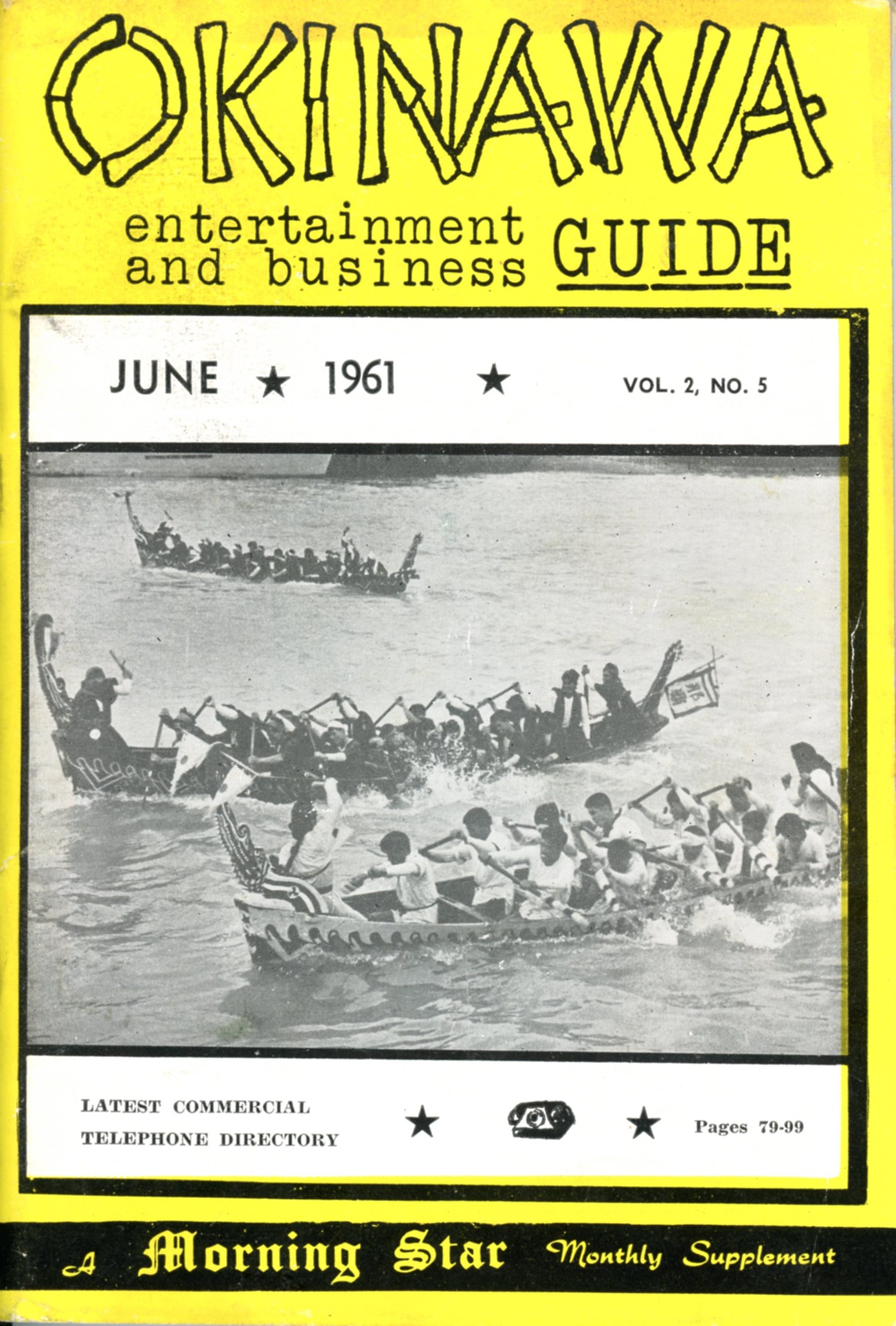
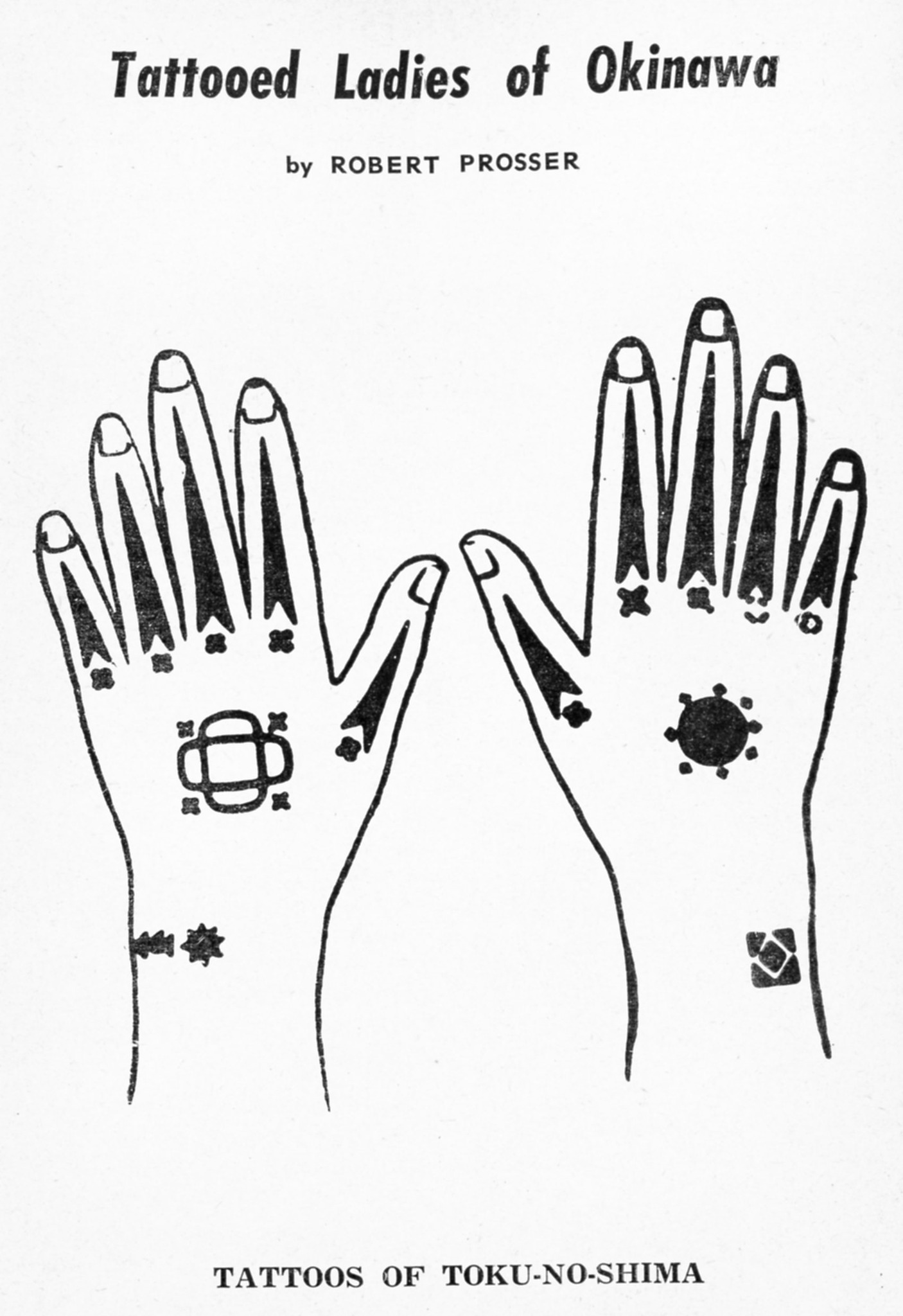

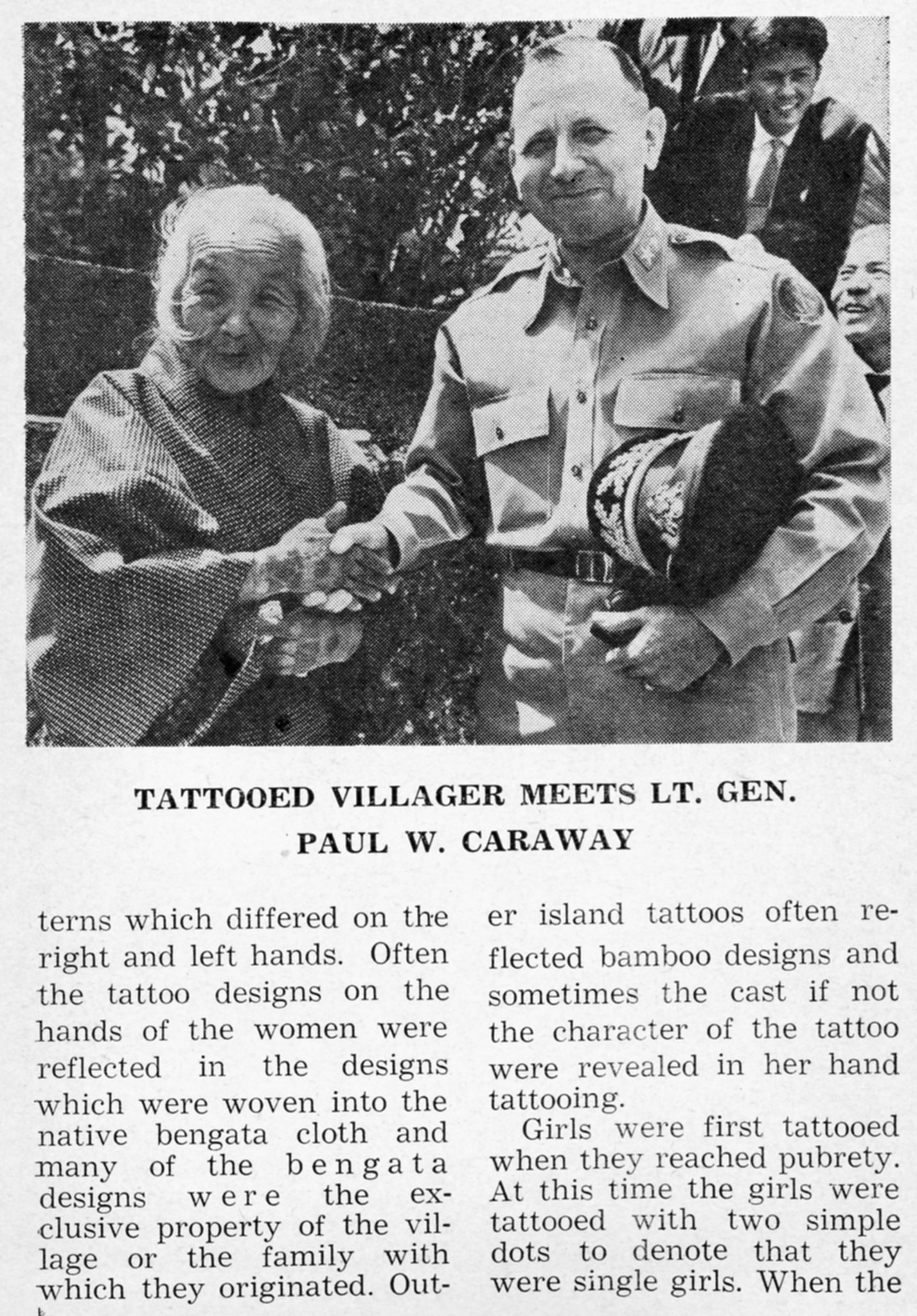
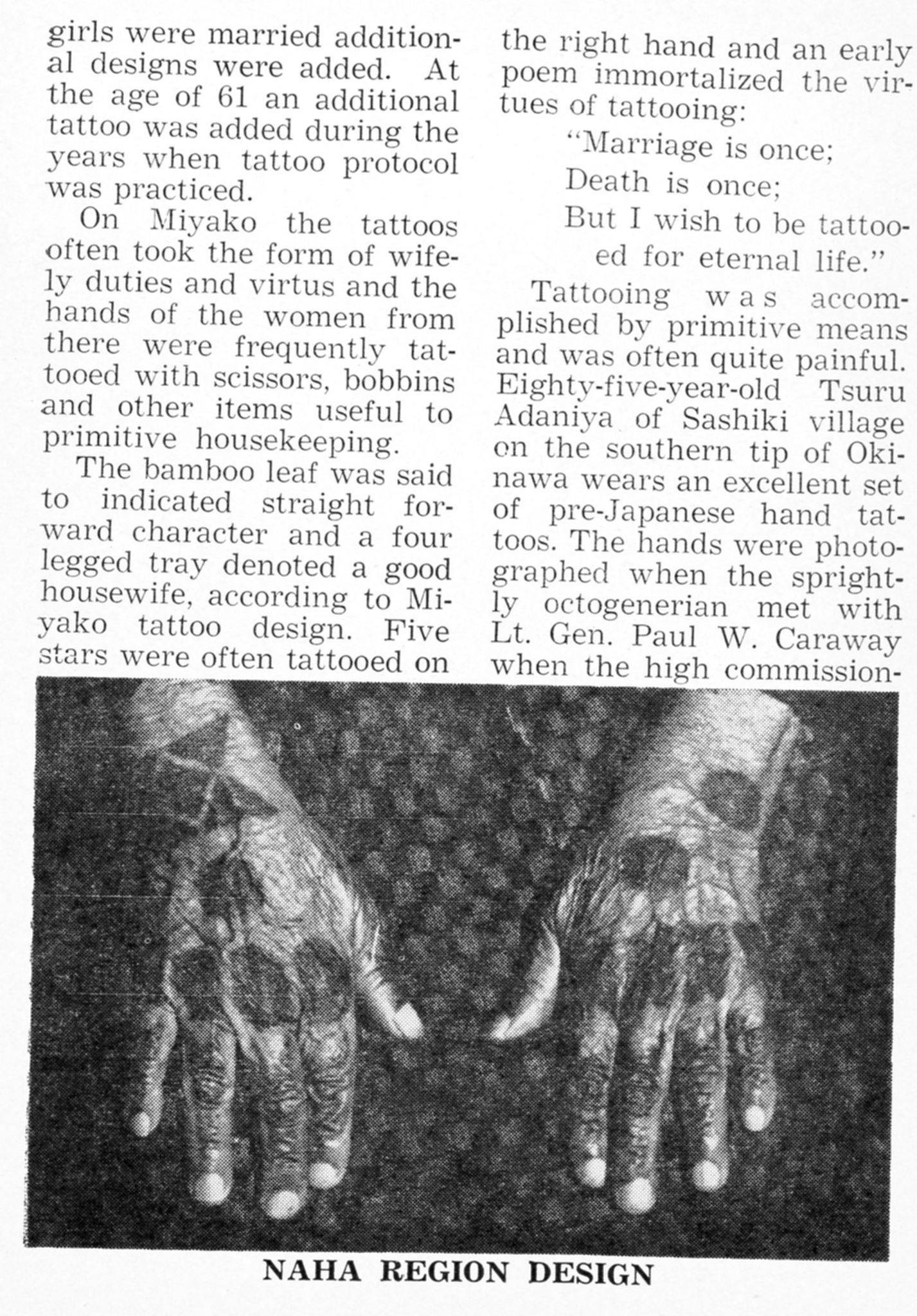
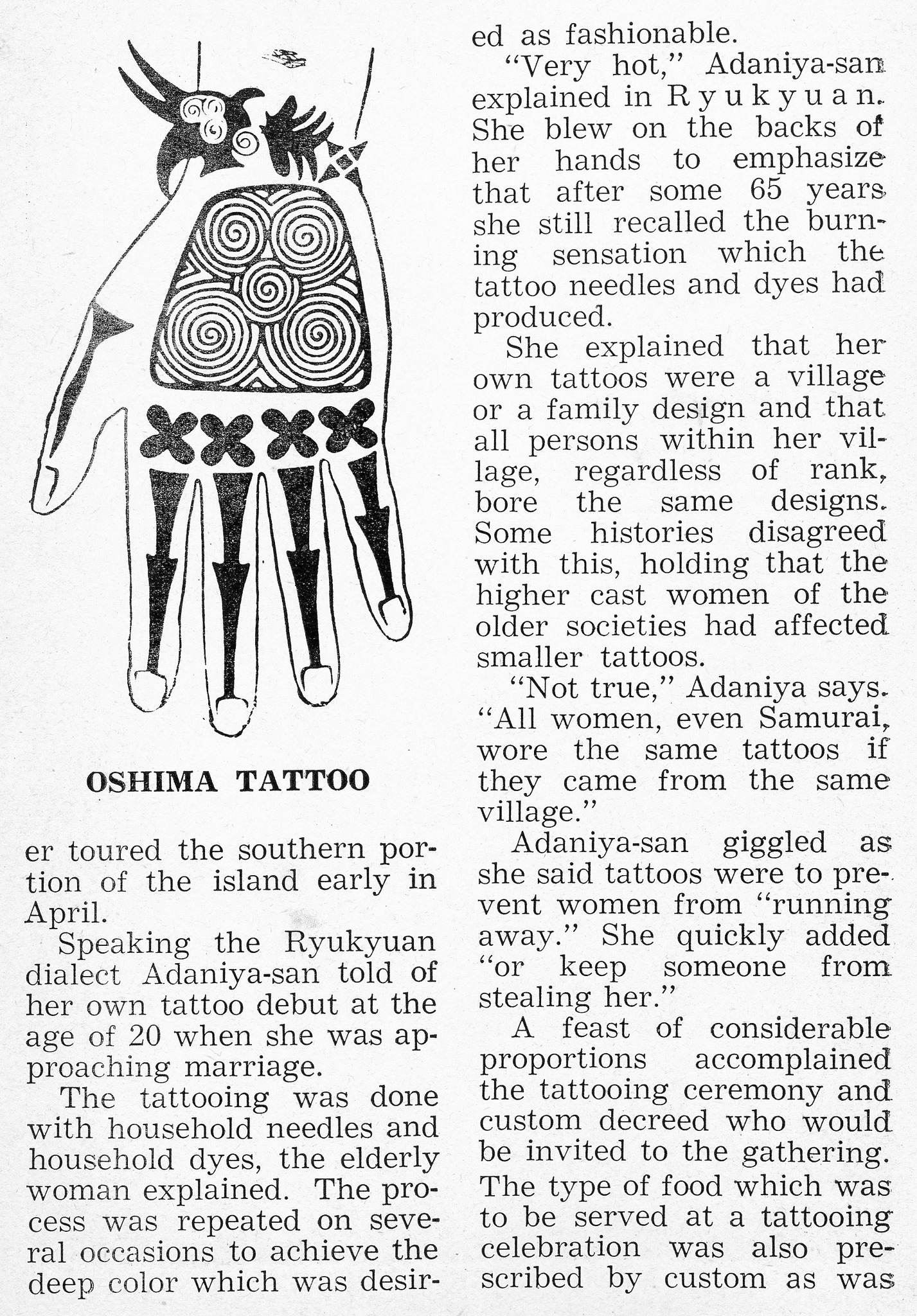
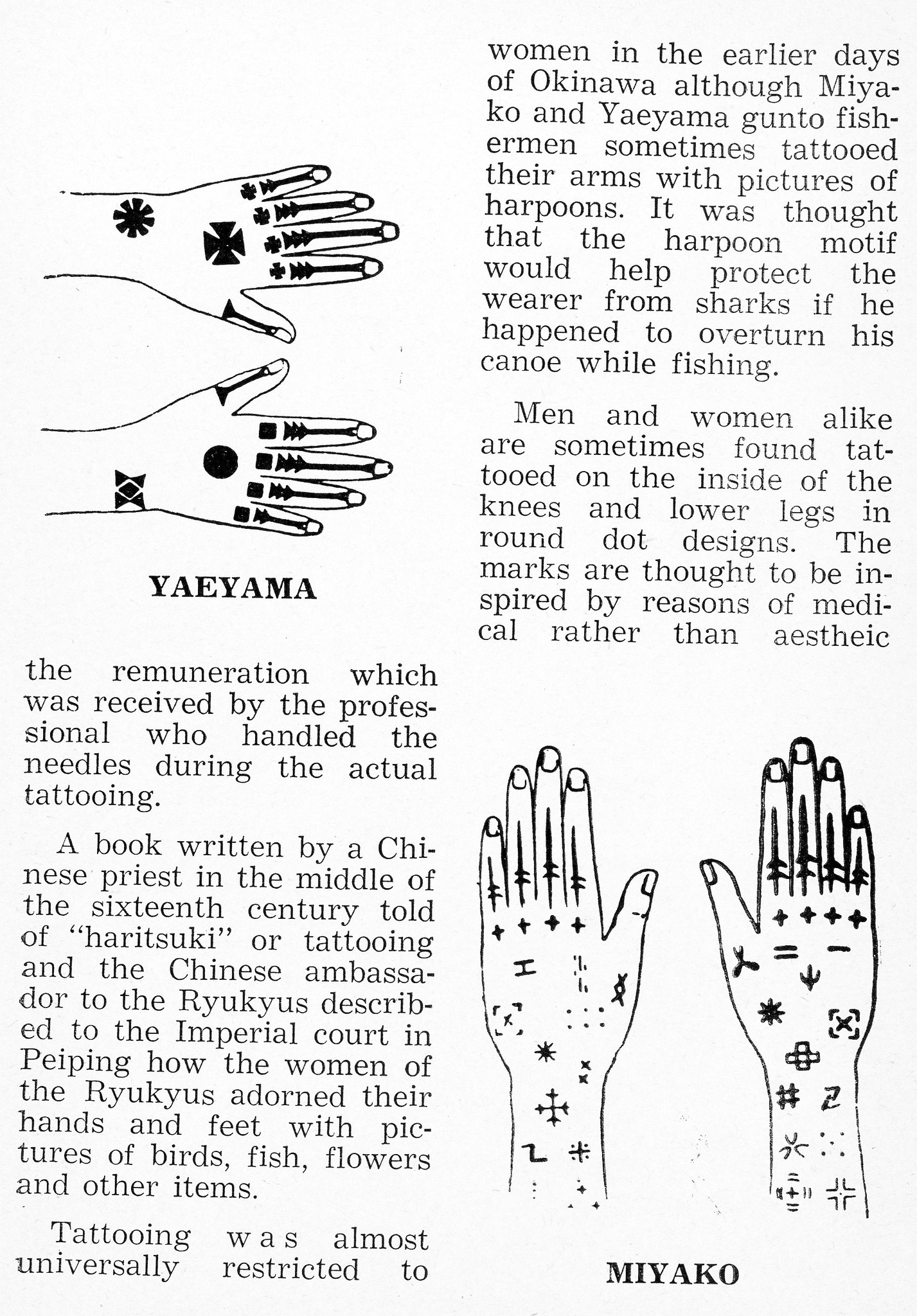

|
1996-2023 ClickOkinawa.com (updated: 9-21-23)

|
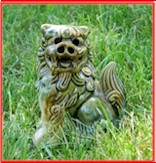

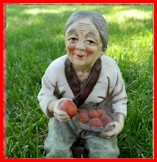

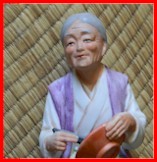










|